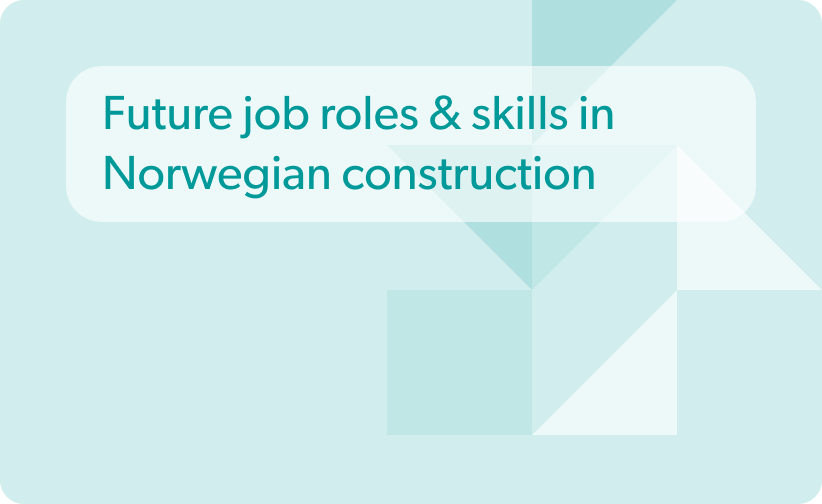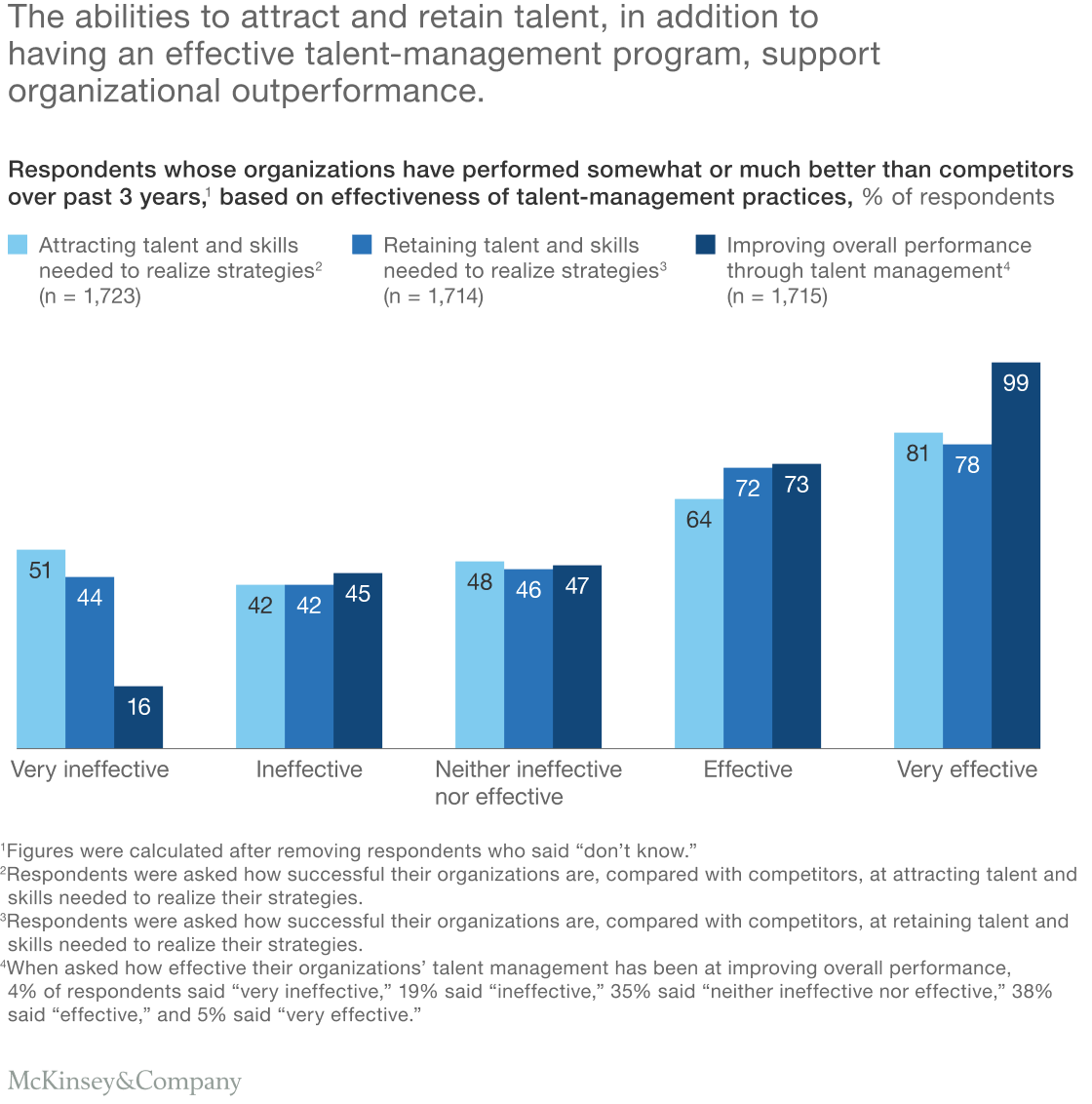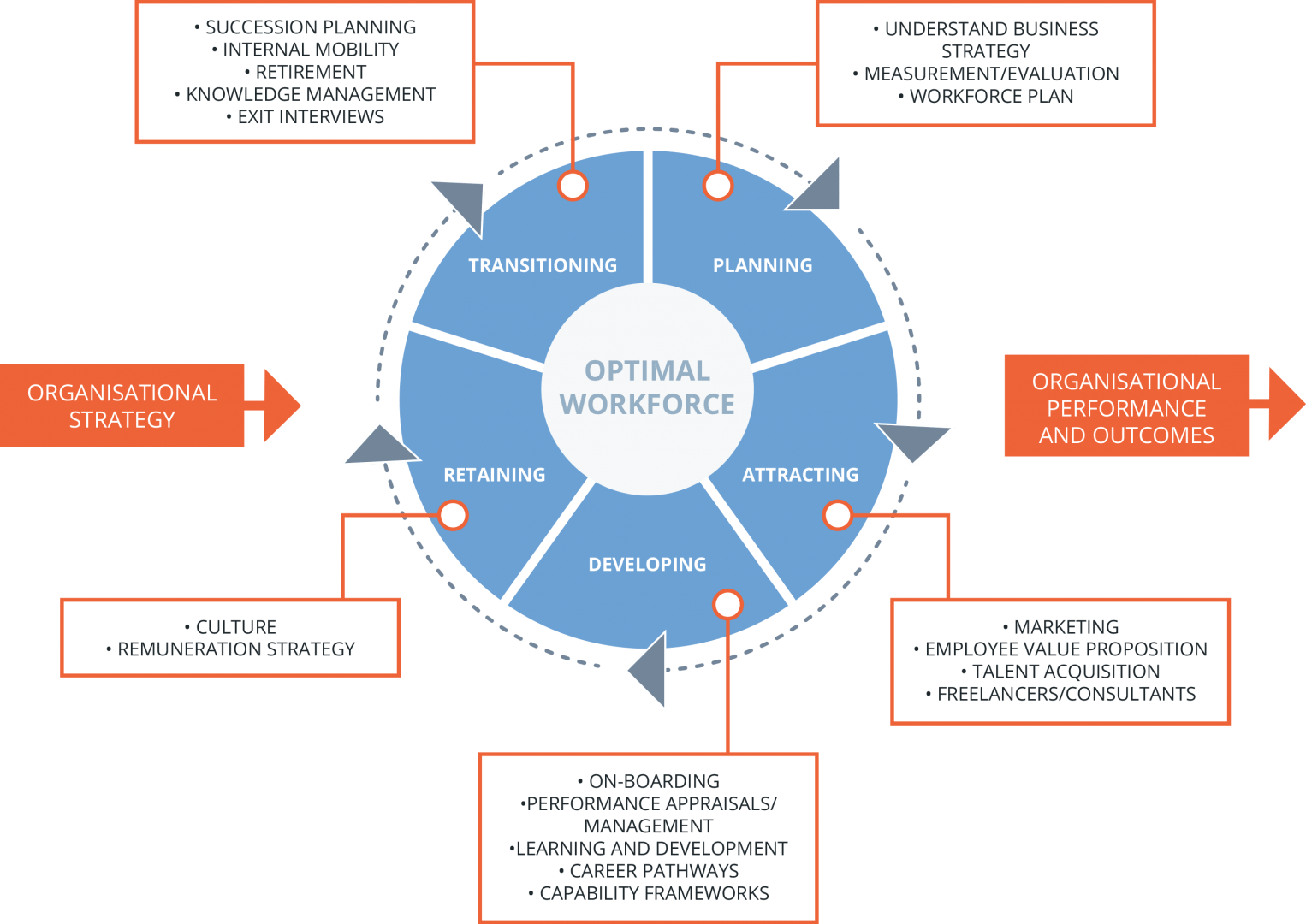Best practices for effective talent management
Table of contents
When people asked Michelangelo how he created such an ideal statue of David, he replied that he didn’t do all that much. David was standing in front of him, and all he had to do was cut the stone in the model’s shape.
So it is with people in your workplace. Your employees already know how to do their jobs, but they need the right tools and practices to create a masterpiece. Talent management practices are the best way for you to build your strategic process of getting the right talents onboard and helping them grow. Let’s figure out how talent management strategies have changed over the last 5 years and what practices have become relevant for work.
Who is a talent manager today?
People usually imagine talent agents cooperating with singers, athletes, actors, and other celebrities when they hear about talent managers. However, talent managers play a beneficial role in workforce planning in organizations. Talent management specialists deal with various opportunities to invest in an organization’s most important resource — its people. One of the most common and best talent management practices is recruiting candidates with highly desirable skills, providing continuous learning and development opportunities, rewarding valuable team members, and encouraging them to advance within the organization (more on these practices below).
Besides these practices, you can provide talent management strategies, including implementing candidate and real-time performance assessments to give managers the information they need to make smarter decisions.
Key components of talent management strategies
There is no shortage of talent management strategies. Talent management is necessary to ensure high-quality specialists that meet an organization’s current and future business priorities. The process covers all critical aspects of the employee life cycle: recruiting, onboarding, development, succession, and performance.
Here are some essential requirements of a highly effective talent management practice:
- A clear understanding of current and future business strategies in the organization
- An understanding of critical gaps between existing talent and the talent needed for business success
- A robust talent management plan designed to decrease talent gaps in the company
- Accurate hiring and promotion decisions
- Combining individual and team goals with corporate goals and providing feedback for performance management
- Developing talent to improve performance in current roles and improve readiness to move to the next level
- Measuring business impact and workforce performance during and after implementation.
What does the talent management process include?
Talent management comprises three different business goals:
- Improving HR processes for the best employee experience
- Attracting, developing, motivating, and retaining the best talent for your organization
- Developing highly effective employees.
Source: McKinsey & Company
“The goal of your talent management strategy is to attract, motivate, and retain your employees.” — Ramiz Kalim, founder and director of 3R Strategy
You can view your talent management strategy as an opportunity to create an environment where employees feel empowered to develop professionally. It covers thoughtful approaches to pay, providing the workforce with opportunities for personal and professional growth, creating a positive work environment, ensuring work-life balance, and creating an environment of diversity, equity, inclusion, and belonging (DEIB).
As a business owner, manager, or HR specialist, you should create the best possible environment for your employees so that when external opportunities arise, employees can’t help but say, “No thanks, I’m happy here.”
How can you achieve this so that everything looks professional? Are there talent management best practices? The short answer is yes, and we share more on that below.
Talent management best practices
While no standardized strategies with concrete practices exist, HR professionals have developed excellent steps that companies can use when applying talent management practices for planning, attracting, developing, retaining, and transitioning the workforce.
Source: Expert 360
We’ve picked eight talent management practices that best suit companies overcoming these and other common challenges.
Define goals and metrics
Because HR is an active part of the overall business, employee and business goals are more aligned from top to bottom rather than operating in isolation.
Talent management requires business goals to be communicated across the company so that managers can access and review the goals of other departments to reduce redundancy and create cross-functional support.
Given the historically cautious hiring patterns during and after the financial crisis, there is a growing middle management skills gap, and the labor market cannot offer suitable job profiles. EY used modern tools for data analysis to digitize talent management and give employees more control and responsibility for their professional development and careers. In addition, digitization has allowed EY management to define employees’ goals and orient them to business development.
Create a strong employer brand
If you want to attract the best talents, build a strong employer brand. After all, more and more candidates are asking questions that require the personnel department to rethink personnel planning and selection beyond salary and benefits. For example, candidates may ask, Will I be proud to work for this company? Does this company match my values?
Founded 60 years ago, Kramp offers around 450,000 spare parts and components for agricultural machinery, garden and forestry machinery, construction machinery, and OEM manufacturers. The constant presence of highly qualified employees, continuous growth, and sustainable productivity are among the key elements of Kramp’s entrepreneurial approach. In addition, Kramp puts a lot of effort into developing a solid employer brand within the company through strategic workforce planning.
Create a diverse candidate pool
It’s not enough to publish a position on a job board. If you want to attract a diverse pool of candidates, reach out to various groups and networks whose members may be interested in the position.
Strategies for attracting diverse candidates include partnering with multicultural associations encouraging diversity, and removing discriminatory language from job descriptions.
With over 115,000 employees worldwide, BASF researched how the company’s percentage of women employees will change in the next few years. HRForecast team provided the company with different scenarios for developing the share of diversity, levers for a faster increase of the share of diversity, and global sociocultural diversity guidelines.
Focus on the employee experience
Modern cloud-based HR solutions and talent management tools such as smartPeople can provide an enhanced experience with modern user interfaces that allow the workforce to be agile across various HR and talent management processes. smartPeople promotes high productivity by allowing people to focus on their work. And importantly, companies can receive continuous employee feedback, allowing managers to respond to their employees’ needs.
Lufthansa Systems Hungary faced challenges such as a rapidly changing skills landscape, uncertain future skills, and a highly competitive labor market. In response, they launched a strategic skills management project to provide transparency into the existing skills supply and future requirements, leading to understanding of skills gaps and specific actions to close them. As a result, Lufthansa Systems gained insights into the future skills, latent skills, and transparency into the availability of workers, competition, and cost of the local labor market; and created a basis for adopting a recruitment and development strategy and planning concrete actions.
Make your talent management strategies more data-driven
Check out how a talent management platform helps you retain and engage top talents with upskilling opportunities. Get more insights on how to fulfill your organization’s goals.
Encourage learning and development
Plan the most effective ways for your employees to grow in their roles and ask them what learning methods work best for their learning styles. In addition, it would be helpful to build a learning management system to store all the excellent development material you’ve collected.
Telekom AG sought new opportunities to develop its workforce in selected future-proofed skills supported by a practical data-driven approach. The idea was automatically to create employee learning journeys covering future skills and trends. Eventually, learning journeys gave employees a clear vision of what skills would be required for target job roles, a clear path to how the required skills could be gained, and an understanding of how much investment (time and money) was needed to close the skills gaps.
Encourage a culture of high performance
Learning and development practices, rewards, and internal promotions allow employees to stay motivated and productive. And when employees’ goals are aligned with the company’s goals, this talent management practice is the best way to update your corporate culture. Therefore, continuous performance management will feel more like a to-do list than a time-consuming and unachievable project at the end of the year.
CMS aims to model business and workforce changes for service line profitability. HRForecast helped the company identify gaps based on future labor demand and develop talent management activities for the most effective workforce transformation. Thanks to the completed project, the client gained transparency to optimize internal career paths and develop new career pathing.
Create an organized onboarding process
Onboarding impacts many aspects of an organization. Organizations with effective onboarding processes increase retention of new hires by 82% and productivity by 70%. Properly orient your employees and assign someone to lead their onboarding experience. Decide what tasks you will assign employees and what documentation they need, organize training, and schedule these activities appropriately.
Information technology has become an integral part of the energy industry and has introduced many alternative career paths such as data analysis, automation engineering, and data science. The HR strategy needs to adjust dynamically so that the right talent can support technological advancements in the business.
Develop succession planning
Do everything you can to support and nurture your employees to guide them toward their desired careers. Maximize your employees’ performance with learning and development opportunities and continuous feedback. Finally, ensure that if an employee leaves the organization, you interview them to understand their decision to work elsewhere. It’s a significant opportunity to learn how to prevent the same thing from happening in the future.
Leading German automotive company Continental wanted to know its skills structure to better prepare for future business. Their “Big Data for Best Fit” project was designed to analyze the current skills structure and optimally and sustainably align it with Continental’s business model requirements. As a result, the company developed succession planning that made them capable of dynamically adapting to the unstable business environment and assessing the availability of critical skills in the labor market.
Summing up
There are many talent management best practices, but no explicit template exists. This comprehensive talent management guide should help managers prioritize employee development and retention, so they can use their human capital to their advantage.
A clear sign of competent and effective management is the constant observation of how employees are developing and getting closer to achieving their long-term goals and, ultimately, their full potential. Get in touch with us for more precise talent management solutions.
As leaders in People Analytics, we support the working world with smart solutions for complex issues across the globe. We are here to answer all your questions on how your business can benefit from Labor Market Analytics, Market Intelligence, Talent availability in the context of Digitalization.
Get in touch with us and ask us about any challenges you are facing right now. Let’s shape the future together!
Stay up to date with our newsletter
Every month, we’ll send you a curated newsletter with our updates and the latest industry news.




























 info@hrforecast.de
info@hrforecast.de
 +49 89 215384810
+49 89 215384810






